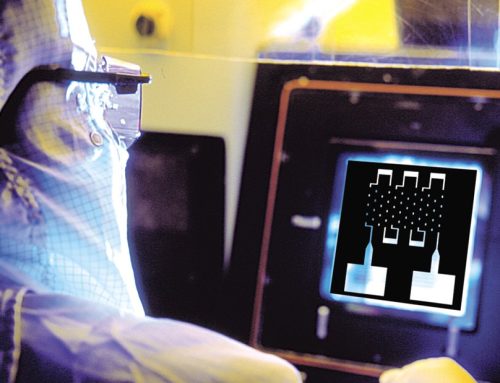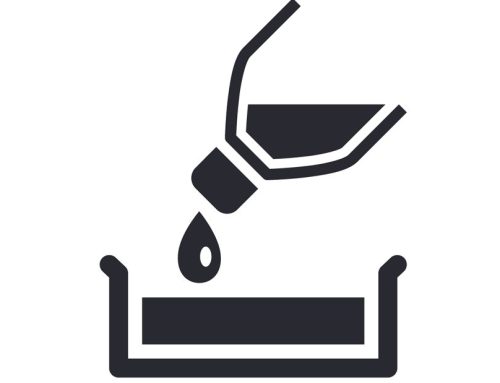Data preparation includes all of the steps that are required to insure that data is ready for the write tool.
Of the steps listed below, some are optional.
- Digitizing – This is the process of creating new data and editing that data in a graphic format.
- Sizing – In some cases it may be necessary to size the customer’s digitized data. Sizing consists of globally increasing or decreasing the size of each individual feature in the data file. This sizing can be done in one axis only (X or Y), or in both axes simultaneously (X & Y).
- Scaling – While not a common procedure, it is possible to scale the entire data file larger or smaller.
- Design Rules Check (DRC) – Certain parameters can be programmed that will allow the intermediate data to be checked to insure that rules or parameters have not been violated. An example of a common DRC is a minimum space check, in which the data is searched to be sure that no digitized pattern is closer to another pattern than a distance that was pre- assigned at the beginning of the process.
- Area Calculation – This process calculates the percentage of the total area that is digitized pattern.
- Data Rotation – In some cases it may be desirable to rotate the data file 90 degrees so that the exposure beam is sweeping in a certain direction in relationship to the pattern data so that the best feature edge quality and feature size is maintained.
- Photomask Prep – This includes adding data to the supplied intermediate data, such as text, titling, fiducials, and process control patterns (PCP’s).







